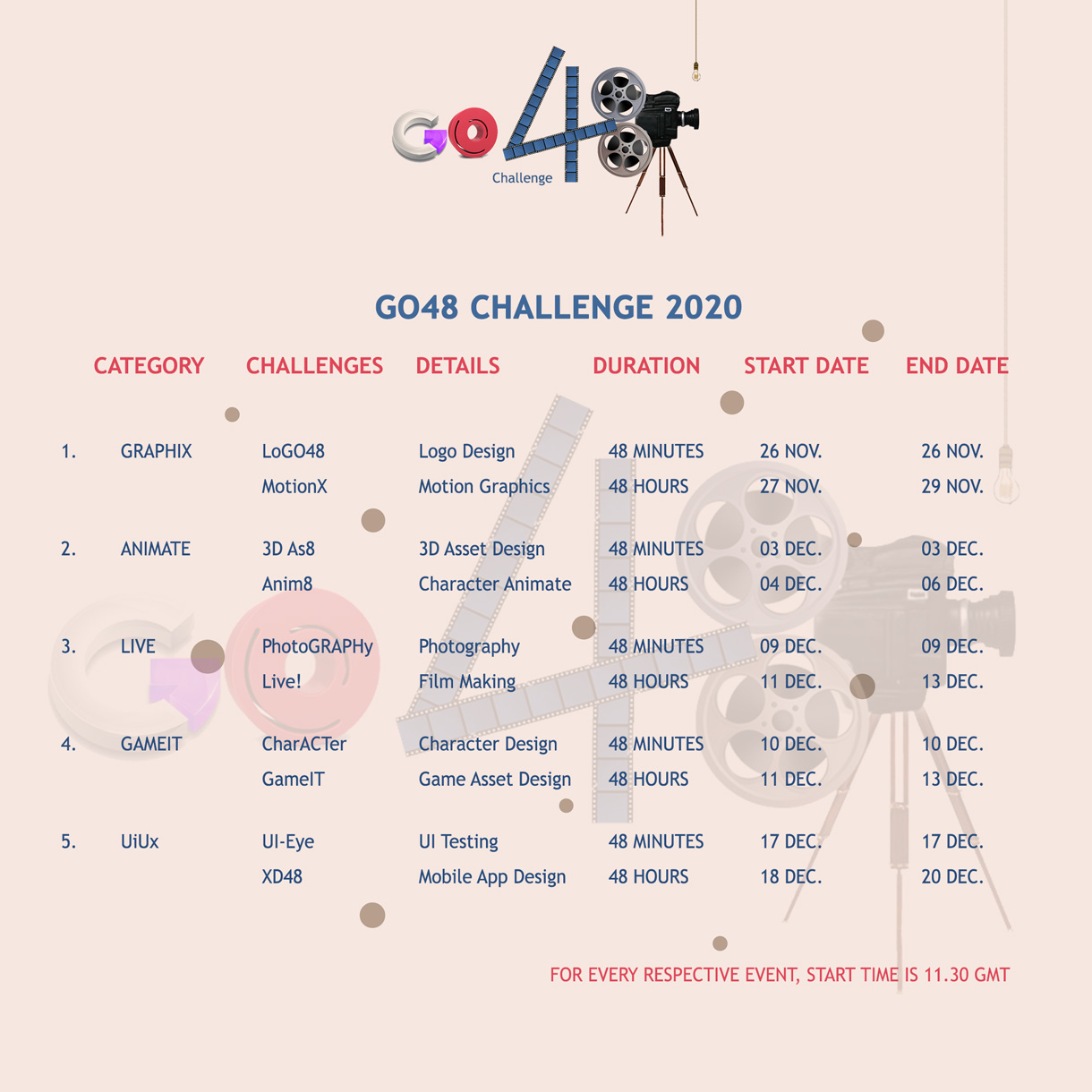BREAKING NEWS
LATEST POSTS
-
Polycam integration with Sketchfab
3D scanning is becoming more accessible with the LiDAR scanners in the new iPhone 12 Pro and iPad Pro.
Polycam’s integration lets users log in to their Sketchfab account and publish directly to Sketchfab. -
Facebook joins the Blender Development Fund
www.blender.org/press/facebook-joins-the-blender-development-fund/
Facebook will join the Blender Foundation’s Development Fund as a Corporate Patron as of Q4, 2020.
-
Autodesk Shotgun running generative scheduling based on machine learning
www.awn.com/news/autodesk-shotgun-taps-new-tech-future-production-management
With Autodesk’s acquisition of technology known as Consilium, machine learning-driven generative scheduling is coming to Shotgun Software, which will enable more accurate bidding, scheduling, and resource planning decisions.
Machine learning is being brought to production management with generative scheduling in Shotgun, currently in early testing. For producers and production managers, this will make the manual and complex challenge of optimized scheduling and resource planning more dynamic, controllable, and predictive. This feature set will allow producers to plan faster, with greater accuracy and agility to help their teams produce the best work possible.
-
Chandigarh Design School – GO48 International Challenge
GO48 Challenge is an international competition that celebrates the creative skills of the global community comprising students, artists, designers, faculty, professionals and industry experts.
The contest would have 5 Exciting Competitions, each comprising of 2 Challenges, all bound by the common thread 48.
That means, you submit your art/design solution, either in 48 minutes or 48 hours.To this effect, you can work on design solutions in the following 10 Challenges:
Go48 Graphix : Visual Communication Design : LoGO48 and MotionX.
Go48 Anim8 : 2d & 3d Animation : 3D As8 and Anim8.
Go48 Live : Filmmaking : Photography and Live!
Go48 GameIT : Game Design : CharACTer and Game IT.
Go48 UI/UX : User Interaction / User Experience Design : UI Eye and XD48.
chandigarhdesignschool.com/go48-competition/

FEATURED POSTS
-
OpenColorIO standard
https://www.provideocoalition.com/color-management-part-11-introducing-opencolorio/
OpenColorIO (OCIO) is a new open source project from Sony Imageworks.
Based on development started in 2003, OCIO enables color transforms and image display to be handled in a consistent manner across multiple graphics applications. Unlike other color management solutions, OCIO is geared towards motion-picture post production, with an emphasis on visual effects and animation color pipelines.
-
Rec-2020 – TVs new color gamut standard used by Dolby Vision?
https://www.hdrsoft.com/resources/dri.html#bit-depth

The dynamic range is a ratio between the maximum and minimum values of a physical measurement. Its definition depends on what the dynamic range refers to.
For a scene: Dynamic range is the ratio between the brightest and darkest parts of the scene.
For a camera: Dynamic range is the ratio of saturation to noise. More specifically, the ratio of the intensity that just saturates the camera to the intensity that just lifts the camera response one standard deviation above camera noise.
For a display: Dynamic range is the ratio between the maximum and minimum intensities emitted from the screen.
The Dynamic Range of real-world scenes can be quite high — ratios of 100,000:1 are common in the natural world. An HDR (High Dynamic Range) image stores pixel values that span the whole tonal range of real-world scenes. Therefore, an HDR image is encoded in a format that allows the largest range of values, e.g. floating-point values stored with 32 bits per color channel. Another characteristics of an HDR image is that it stores linear values. This means that the value of a pixel from an HDR image is proportional to the amount of light measured by the camera.
For TVs HDR is great, but it’s not the only new TV feature worth discussing.
(more…)





